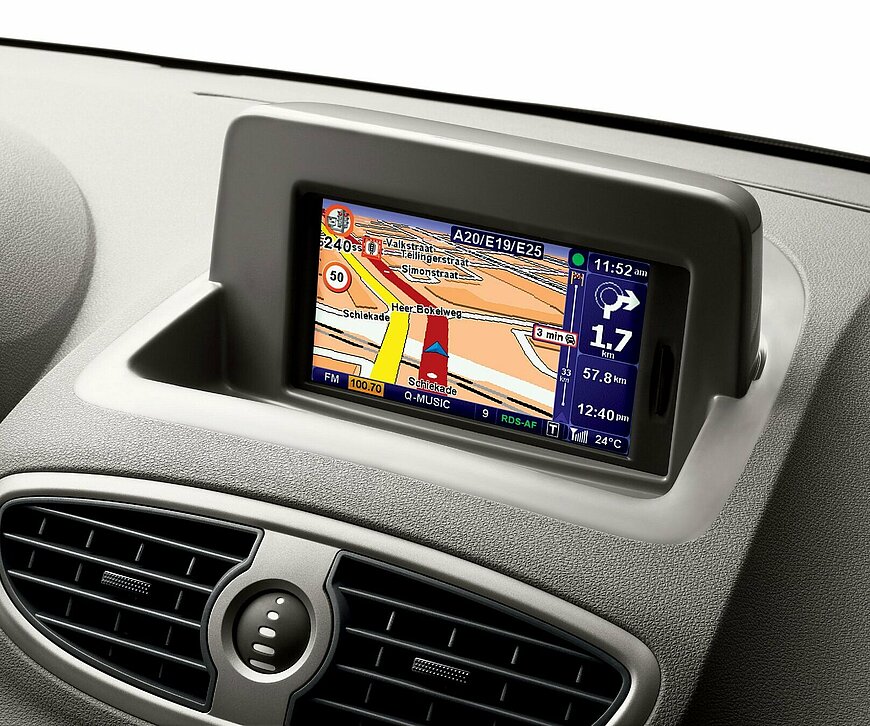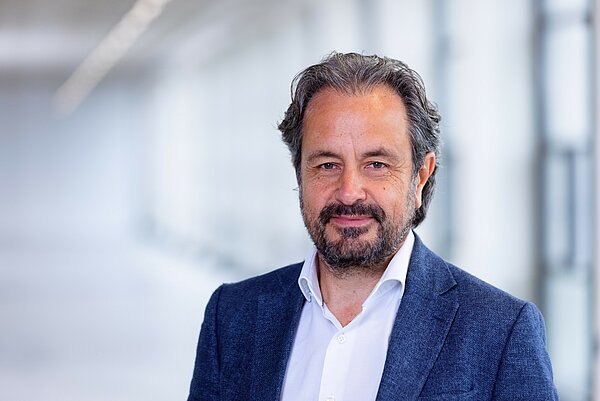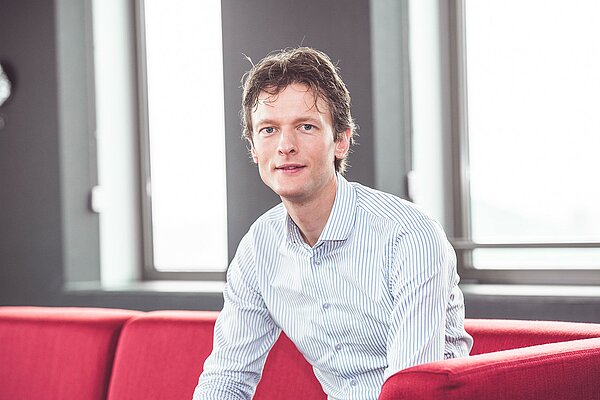Brainport is the cradle of navigation and digital maps

Nowadays, we are lost without navigation. The groundwork for this revolutionary innovation was laid in Eindhoven, when Martin Thoone proposed to Philips' NatLab in the early 1980s that they conduct research into navigation systems for cars. At first, Philips saw no point in doing this - it was too far removed from their core business. In spite of the lack of enthusiasm, Thoone persevered. He was at the cradle of an innovation that would be embraced all over the world.
Philips assigned Thoone the responsibility of presenting his idea at a conference in Detroit and to sound out whether there was any interest. No sooner said than done: Thoone delivers his speech in front of 30,000 people. Virtually all car manufacturers were interested. Philips gave him the green light to start the research, but he had to raise the money himself. He succeeded: Renault, Volkswagen and BMW all invested. Thoone and a team of fifteen men began to develop the first navigation system for cars. He was thirty years old at the time and was at the birth of a revolutionary innovation.

Navigation only when stationary
The first prototype with built-in navigation was a bus, so that there was enough room to carry all the equipment. Initially, the navigation system is only switched on when the bus is stationary. "When we first appeared on the eight o'clock news with that bus, the phone at Philips didn’t stop ringing for two days. People were angry because we were looking at the navigation screen while we were driving, it was thought to be unsafe. We therefore stopped doing that at first," says Thoone. Philips conducted a safety study together with the SWOV, which showed that the navigation system in no way interfered with road safety.
In 1992, the new BMW 7 Series is the first car on the market with an integrated navigation system. A map display, with a CD-ROM as the storage medium for the map. The system navigates usied GPS, sensors from the anti-lock braking system and an electronic compass. "We compared that data with the electronic map and that's how we were able to make corrections."
"We were extremely proud: we had succeeded in being the first. Bosch and Mercedes followed a year later."
Martin Thoone
Thoone can still clearly remember the launch of the BMW 7 Series. "We were extremely proud: we had succeeded in being the first. Bosch and Mercedes followed a year later."
From Palmtop to TomTom
Without an electronic map, no route planning wasn’t possible. "At that time, two companies were founded that started to digitalize maps: Tele Atlas (now TomTom) and NavTech (now HERE)," Thoone goes on to explain.
In the intervening period, Peter-Frans Pauwels and Pieter Geelen started Palmtop in 1991. A company that builds applications for first generation handheld computers and PDAs (personal digital assistants). Corinne Vigreux became co-owner in 1994. When Harold Goddijn joined the trio in 2001, Palmtop became TomTom and shifted its focus to navigation systems.
In 2002 they launched the TomTom Navigator, a mobile navigation solution for traveling throughout Europe. It is an affordable alternative to the then expensive built-in navigation systems. The Navigator became an instant success.

Integrated navigation
Around the same time, Carlo van de Weijer started work as General Manager at the Eindhoven lab, where built-in navigation systems were being developed for a number of car brands. Philips had just sold the lab to Siemens/VDO. Thoone: "We had already built up enough knowledge in Germany and running three navigation labs was not profitable."
Four years later on November 10, 2006 ("I still remember the date exactly"), Van de Weijer was ordered by Siemens to lay off the 150 external workers and half of his own people - the company wanted to get rid of the automotive branch. "I politely refused and together with the management, we started looking for an alternative extremely quickly."
Van de Weijer came into contact with Goddijn and the scenario whereby he was able to transfer a large part of his team to TomTom became reality a few months later: in 2007, TomTom took over the navigation lab from Siemens. Van de Weijer: "At that time, TomTom was growing rapidly, but they did not yet have the competence to integrate navigation into a dashboard. We did."
"At that time, TomTom was growing rapidly, but they did not yet have the competence to integrate navigation into a dashboard. We did."
Carlo van de Weijer, General Manager
Van de Weijer's team was able to get to work right away. For instance, TomTom had problems with an antenna that was causing interference. " We had a lot of competence in that very area. Moreover, we had the test facilities we needed at our disposal. Jan van den Elzen, an authority in our team, found a solution within ten days. It was one of the many synergies that allowed the two departments to integrate very quickly."
In April 2009, the company introduced its first built-in navigation system for Renault. Things came full circle: it is where Eindhoven-based companies Philips and Tele Atlas began in 1984. Under TomTom, the technology grew into a worldwide success. By this time, more than thirty of the 54 car brands in total carry integrated navigation from TomTom.

Automation
Stand-alone navigation devices - which account for the majority of sales - lose out on popularity as free alternatives become available. Goddijn's company broadens its scope and puts its efforts into software development. Willem Strijbosch, Head of Autonomous Driving at TomTom, has led a department that supplies and develops maps for semi-autonomous cars since 2016.
Autonomous driving calls for several components: sensors, a map, an algorithm that ties all the information together and acts on it, and a replacement for human muscle.
"We provide that map. You should see it as a database that actually lives in a car. Ideally, you want to continuously update the map so that the car is always informed of the latest traffic conditions, speed limits and how sharp the next corner is. All factors that the car can use to drive as safely as possible," Strijbosch explains.
It is estimated that there are currently around three million cars driving around supported by the maps from Strijbosch's department. "As TomTom, we are fully committed to Vision Zero, and in particular to reducing the number of road fatalities. There are still 1.3 million of them every year. We can bring that number way down with our technology."